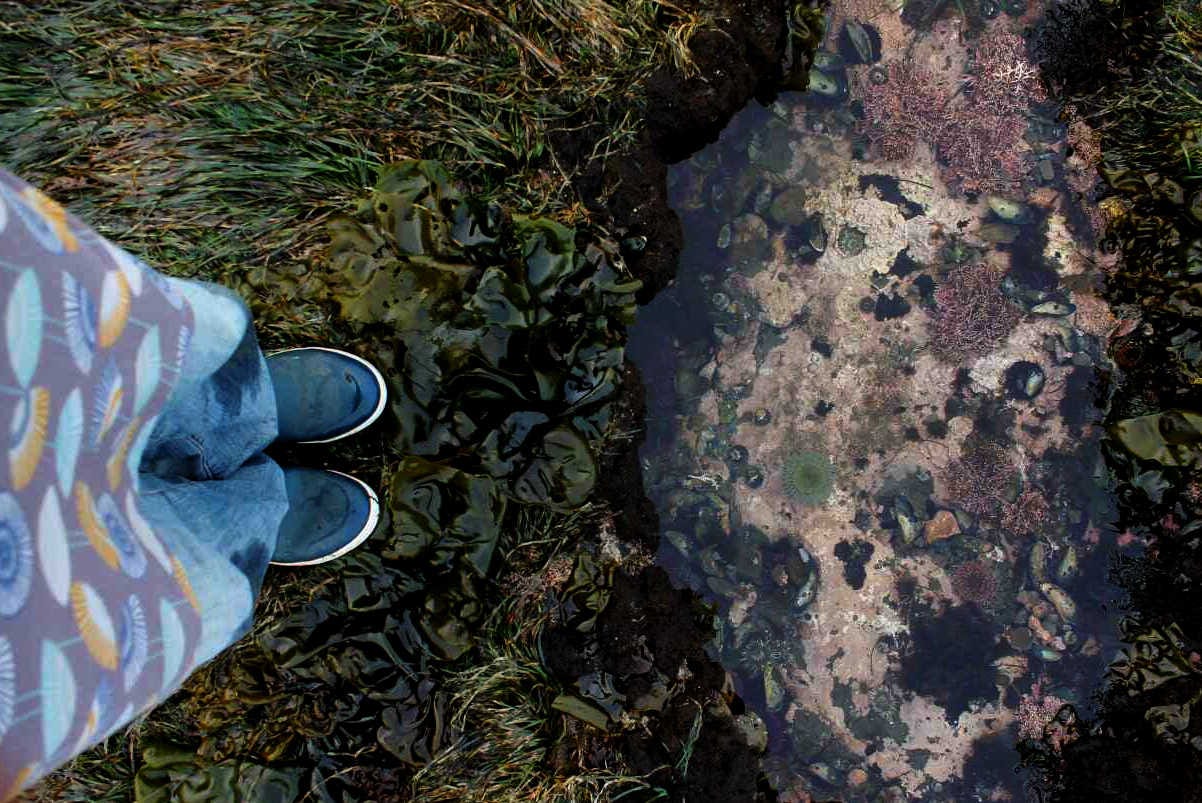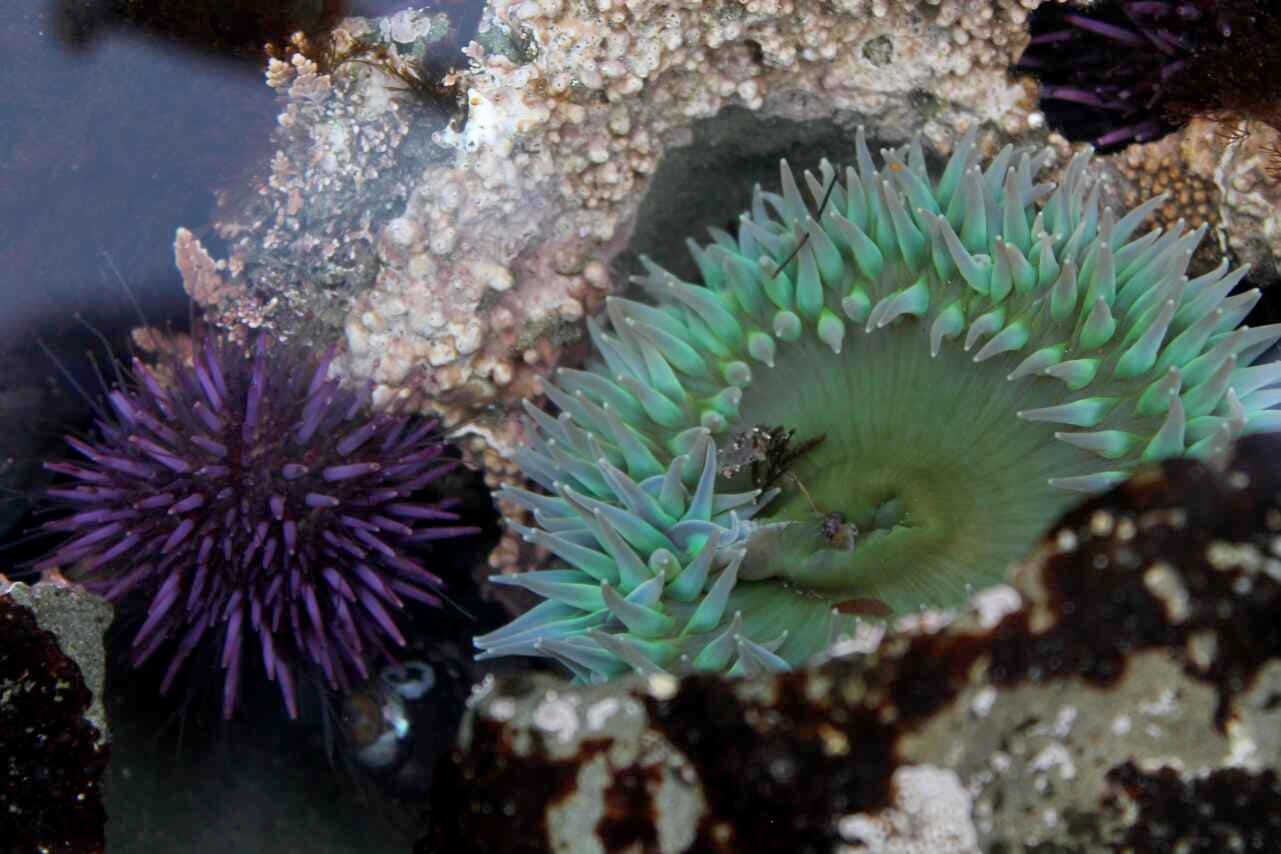Part 1
Every year for the sixteen years I’ve lived on the Oregon coast, I have carried the annual tide tables. I pick up a free copy at the local food co-op or the library before the end of January. By December its corners are soft and rubbed smooth. Its intermittent ins and outs of my wallet for consultation are their own enigmatic cycle. It was a delight to learn of these pocket tables when I first arrived in my coastal town. I didn’t grow up with them in central New York on a farm. This ardent fishing community with its outdoorspeople, its marine science center, and its general public who take full advantage of public beaches, is keenly tuned in to the tides.
In college, a few of my courses contained lessons on what drives the tides. While some college learning has ebbed from the shores of my mind, I tucked the tide notes in a folder to one day revisit. I wanted to stitch together the fragments I’d learned into a cohesive understanding. A synthesis.
It took immersing myself in this coastal reality with a pocket tide chart to holistically appreciate the facts I memorized in school. I opened the folder and saturated my brain with this topic over the first weekend of 2020, twenty years after college graduation. I autodidacted my way through a graduate course in tides. With theory and experience tucked under each arm, I waded in.
I did an immersive deep dive to integrate all the conflicting and complementary bits I’ve learned and experienced. Some concepts had become grounded through proximity to the daily reality of the landscape. On the other hand, observing so intimately across seasons and years had raised more questions than ever. My college notes were missing some nuance.
This deep dive into tides had another objective. Writing scenes of personal narrative motivates me to check my facts. Could the March tidepool walk I want to recall on the page have taken place in the morning? When my facts don’t align, I take a wholehearted plunge into research. I endeavor to ground my scenes in realism. I also end up with 700% more brainiac material than any memoir scene requires.
This raw material will become a weekly multi-part series. I aim to teach no one but myself, nevertheless I hope you find something here at the tide line to tuck in your pocket. Take it home and let it tumble around in your thoughts.
Like the interface of the water, land, and sky that is the tidal zone, I write on this edge between embracing mystery but also wanting to understand as much as I can. I hope to wield the gorgeous language of tides not as jargon, but as art. Or, falling short of that lofty goal, to expose readers to some incredibly niche words and ideas gently.
I welcome your insights and questions and knowledge and the particulars of your geographical connection to tides, your landscapes (and that rules out no one, no matter how far from a shoreline you reside - read Barbara Kingsolver’s “High Tide in Tucson” if you’re not sure). Thank you for commenting, sharing, restacking, and for reading!






I’m intrigued!
“Like the interface of the water, land, and sky that is the tidal zone, I write on this edge between embracing mystery but also wanting to understand as much as I can. “ you have always inspired me with your ability to express yourself in written word. I am right there with you on that edge .